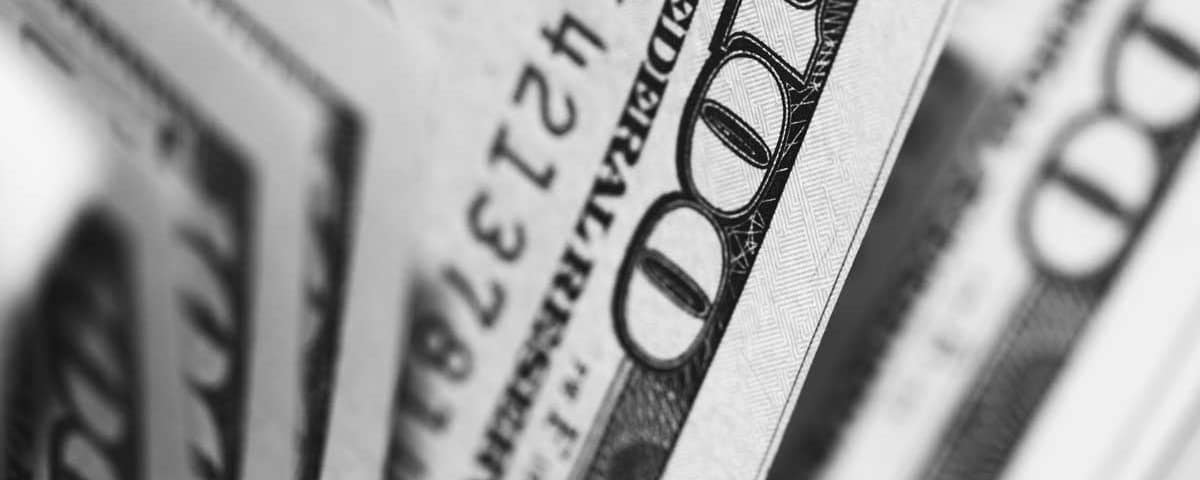
Selling Gold and Silver Bullion Locally
February 25, 2023In the world of finance, currencies play a crucial role in our daily lives. Currencies are used for buying and selling goods and services, investing, and saving money. Two types of currencies are widely used today: gold-backed currency and fiat currency. Both have their advantages and disadvantages. In this article, we will discuss the pros and cons of both types of currency and which is better.
Table of Contents
- Introduction
- Definition of Gold-Backed Currency and Fiat Currency
- History of Gold-Backed Currency and Fiat Currency
- Advantages of Gold-Backed Currency
- Stable Value
- Protection Against Inflation
- Trust and Confidence
- Disadvantages of Gold-Backed Currency
- Limited Supply
- Cost of Storage and Security
- Difficulty in Implementation
- Advantages of Fiat Currency
- Flexibility and Adaptability
- Easy to Implement
- More Liquid
- Disadvantages of Fiat Currency
- Inflation
- Lack of Trust and Confidence
- Vulnerability to Economic Crises
- Comparison of Gold-Backed Currency and Fiat Currency
- Conclusion
- FAQs
1. Introduction
The use of currency is as old as human civilization. Initially, currencies were represented by commodities like gold and silver. Later, the modern monetary system replaced the commodity-based currencies with fiat currencies, which are backed by governments.
Today, many countries use fiat currency as their primary means of exchange, but some people argue that gold-backed currency is a better option. In this article, we will explore the differences between gold-backed currency and fiat currency and discuss which is better.
2. Definition of Gold-Backed Currency and Fiat Currency
Gold-backed currency is a currency that is backed by gold reserves held by a government. The value of the currency is directly linked to the value of gold. This means that the amount of currency in circulation is limited by the amount of gold held by the government.
Fiat currency, on the other hand, is a currency that is not backed by any physical commodity. Its value is derived from the government’s declaration that it has value and the people’s trust in that declaration.
3. History of Gold-Backed Currency and Fiat Currency
Gold-backed currency has been in use for centuries. In ancient times, gold was used as a medium of exchange. Later, during the gold standard era, many countries adopted gold-backed currencies. The gold standard was abandoned by most countries during the Great Depression, and the world moved to a system of fiat currencies.
Fiat currency has been in use since ancient times as well. The first fiat currency was introduced by the Chinese during the Tang Dynasty. The modern system of fiat currencies was introduced in the 20th century.
4. Advantages of Gold-Backed Currency
4.1. Stable Value
The value of gold is relatively stable over time. This means that a gold-backed currency is less susceptible to inflation and fluctuations in the market.
4.2. Protection Against Inflation
Inflation occurs when the value of a currency decreases over time. A gold-backed currency is less susceptible to inflation because the value of the currency is directly linked to the value of gold.
4.3. Trust and Confidence
Gold-backed currency is often seen as more trustworthy and reliable than fiat currency. This is because the currency is backed by a physical commodity that has value.
5. Disadvantages of Gold-Backed Currency
5.1. Limited Supply
The supply of gold is limited, which means that the amount of currency that can be in circulation is also limited. This can be a disadvantage in times of economic growth when more currency is needed to facilitate trade and investment.
5.2. Cost of Storage and Security
Gold is a physical commodity that requires storage and security measures to protect it from theft and damage. This can be expensive, which can drive up the cost of maintaining a gold-backed currency.
5.3. Difficulty in Implementation
Implementing a gold-backed currency can be challenging. It requires a significant amount of infrastructure and resources to manage and maintain the gold reserves and to ensure that the currency remains stable.
6. Advantages of Fiat Currency
6.1. Flexibility and Adaptability
Fiat currency is more flexible and adaptable than gold-backed currency. It can be easily adjusted to meet the needs of a changing economy and to respond to economic crises.
6.2. Easy to Implement
Fiat currency is easy to implement because it does not require a physical commodity to back it. This means that it can be introduced quickly and easily.
6.3. More Liquid
Fiat currency is more liquid than gold-backed currency. This means that it is easier to buy and sell and can be used in a wider range of transactions.
7. Disadvantages of Fiat Currency
7.1. Inflation
Fiat currency is more susceptible to inflation than gold-backed currency. This is because the value of the currency is not directly linked to a physical commodity.
7.2. Lack of Trust and Confidence
Fiat currency is often seen as less trustworthy and reliable than gold-backed currency. This is because the currency is not backed by a physical commodity.
7.3. Vulnerability to Economic Crises
Fiat currency is vulnerable to economic crises, such as hyperinflation and currency devaluation. This can lead to a loss of confidence in the currency and a decrease in its value.
8. Comparison of Gold-Backed Currency and Fiat Currency
Gold-backed currency and fiat currency both have their advantages and disadvantages. Gold-backed currency is more stable and trustworthy but can be difficult to implement and is limited in supply. Fiat currency is more flexible and adaptable but is more susceptible to inflation and lacks the trust and confidence of gold-backed currency.
Ultimately, the choice between gold-backed currency and fiat currency depends on the needs and priorities of a particular economy. Some countries may prefer the stability and trust of gold-backed currency, while others may prefer the flexibility and adaptability of fiat currency.
9. Conclusion
In conclusion, both gold-backed currency and fiat currency have their advantages and disadvantages. The choice between the two depends on the needs and priorities of a particular economy. While gold-backed currency is more stable and trustworthy, it can be difficult to implement and is limited in supply. Fiat currency is more flexible and adaptable, but is more susceptible to inflation and lacks the trust and confidence of gold-backed currency.



